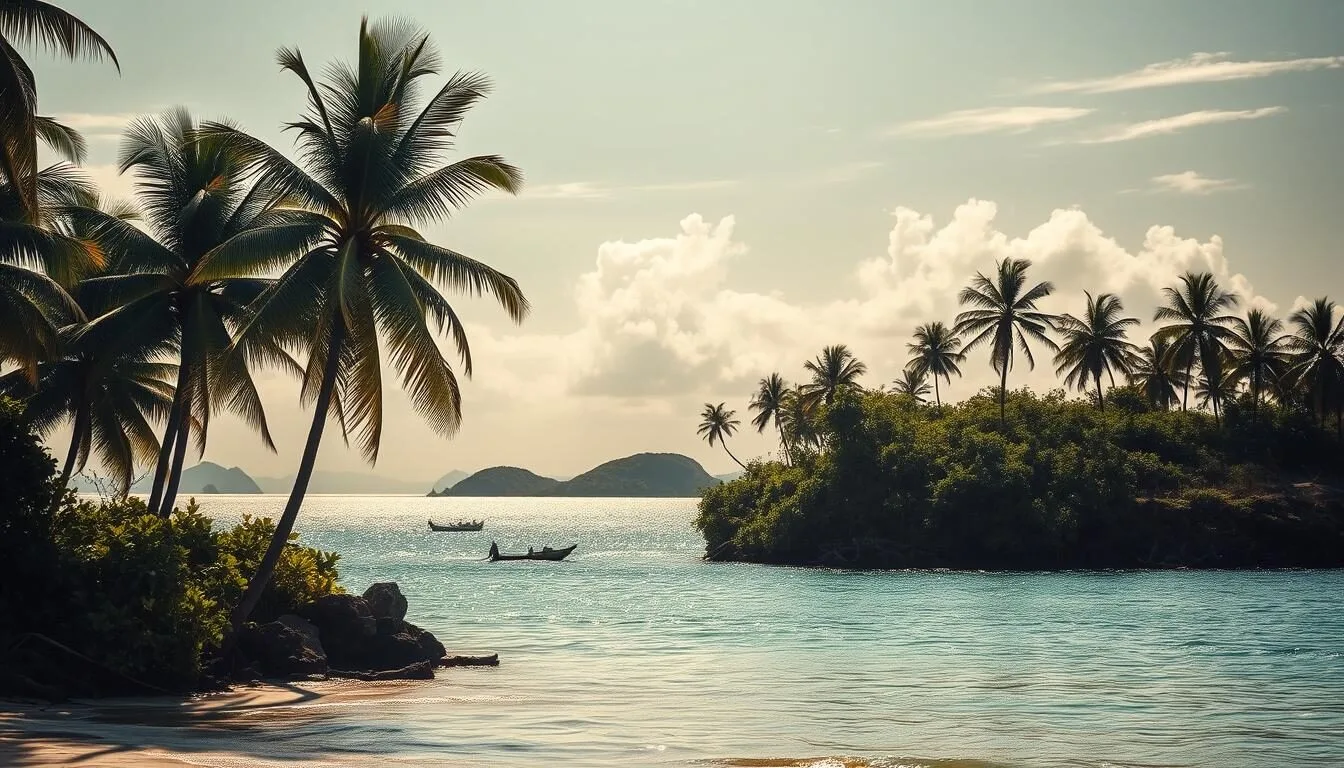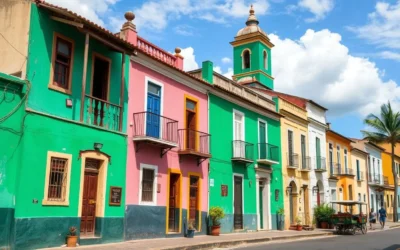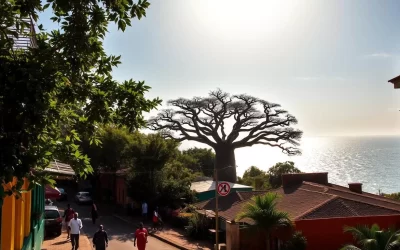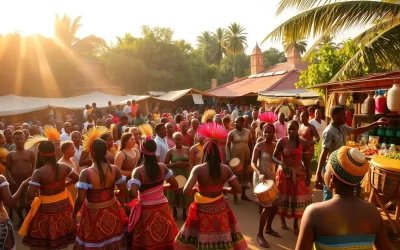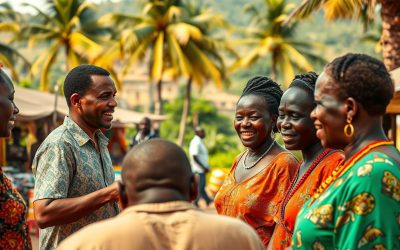You’ve probably never heard of a country that’s as unspoiled as it is welcoming. Guinea-Bissau, once known as ‘the slave coast’, is now affectionately called ‘the cashew coast’. As you explore this West African country, you’ll find that its people have a priceless happiness despite being one of Africa’s poorer nations financially.
Getting around can be a challenge, but the rewards at the end of the bumpy and dusty roads are well worth it. You’ll discover places like the vibrant capital city, Bissau, and relax on the pristine beaches of the Bijagos islands. The way you experience Guinea-Bissau is unique, with a blend of Portuguese colonial influence and traditional African cultures.
Visiting from October to April is ideal, as the wet season can make travel difficult. As you plan your trip, you’ll find that this lesser-known destination is full of things to see and do, making it an authentic and memorable experience.
Discovering Guinea-Bissau’s Unique Charm
Discover the untouched beauty of Guinea-Bissau, a country that’s still off the beaten path. With its rich cultural heritage and stunning natural landscapes, Guinea-Bissau offers a distinctive West African experience.
When to Visit and What to Expect
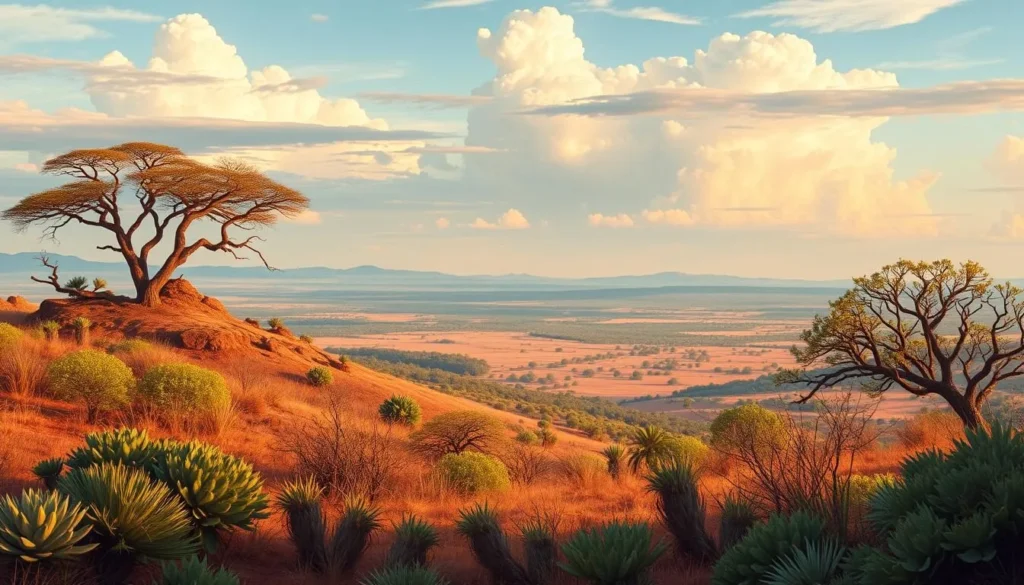
The best time to visit Guinea-Bissau is from October to April, avoiding the wet season that runs from May to September. During the dry season, you can enjoy the country’s unspoiled beaches and outdoor activities without the hindrance of heavy rains. The local economy, largely based on cashew production, is another aspect to explore.
Getting to Guinea-Bissau
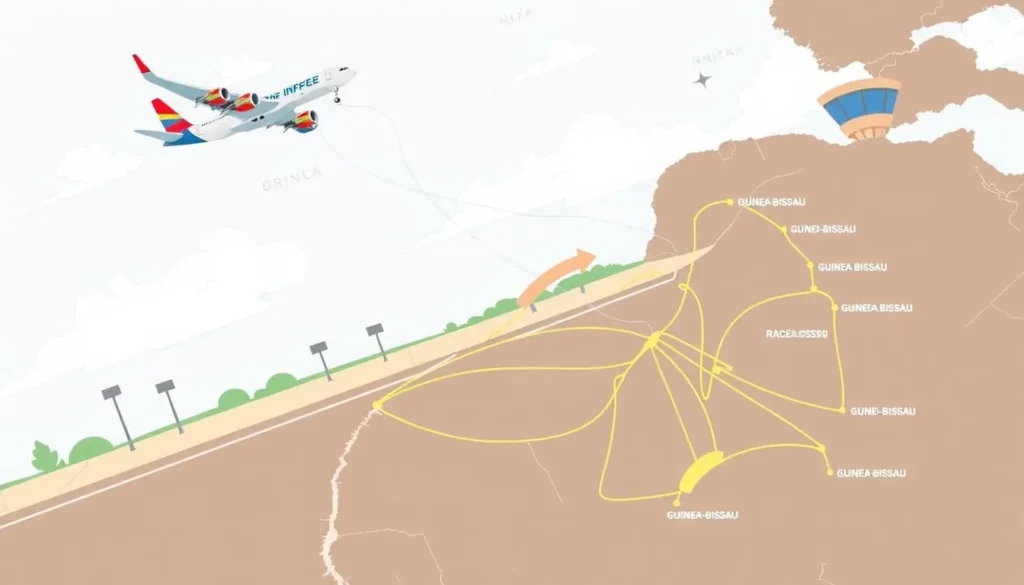
Reaching Guinea-Bissau requires some planning. Direct flights are primarily available from Portugal, with connections also available from Morocco, Cape Verde, and a few other African countries. Alternatively, you can enter the country overland from Ziguinchor, Senegal, via regular transport services from the border town. While the roads can be challenging, the journey is generally safe, and the locals are known for their hospitality.
Despite the limited infrastructure, including common power outages and slow transport due to poor road conditions, the warmth of the people and the genuine local interactions make Guinea-Bissau a rewarding destination. Whether you’re exploring the vibrant town life or the serene countryside, Guinea-Bissau has much to offer the intrepid traveler.
Exploring Bissau: The Vibrant Capital
Bissau, the capital of Guinea-Bissau, is a city that will captivate you with its unique blend of colonial architecture and vibrant street culture. As you explore the city, you’ll discover a mix of old and new, with historic sites standing alongside bustling markets.
Fortaleza de São José da Amura
One of the city’s most historic sites is Fortaleza de São José da Amura, a testament to Guinea-Bissau’s colonial past. To visit the fort, you’ll need to ask the guards for a tour, which might just be granted by a friendly Captain who can show you around the fort, museum, and cemetery.
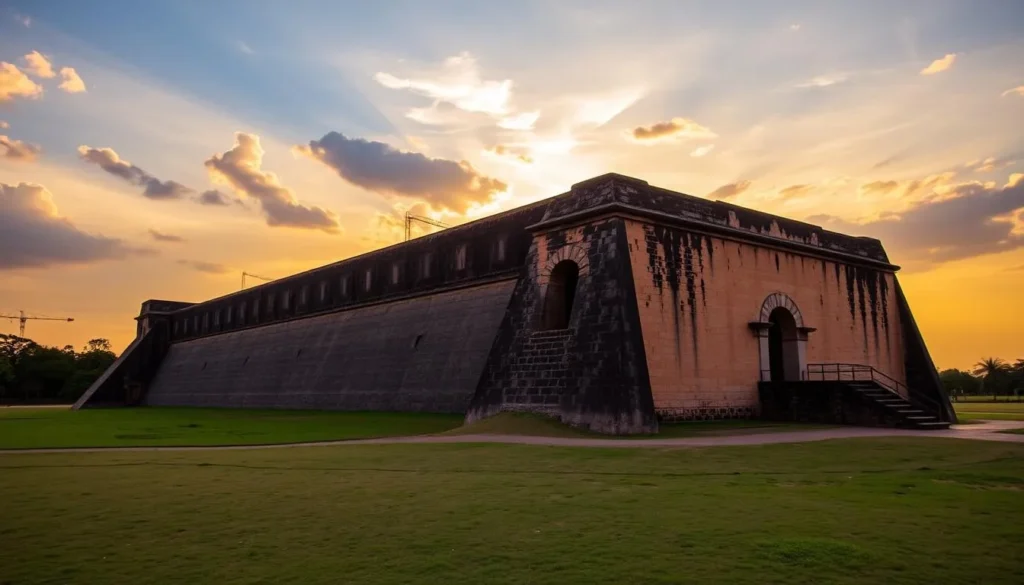
Bandim Market and Local Shopping
The Bandim Market is the commercial heart of Bissau, sprawling across four blocks where you can find everything from fresh produce to handcrafted goods. It’s a chaotic but authentic glimpse into daily life and commerce in the city.
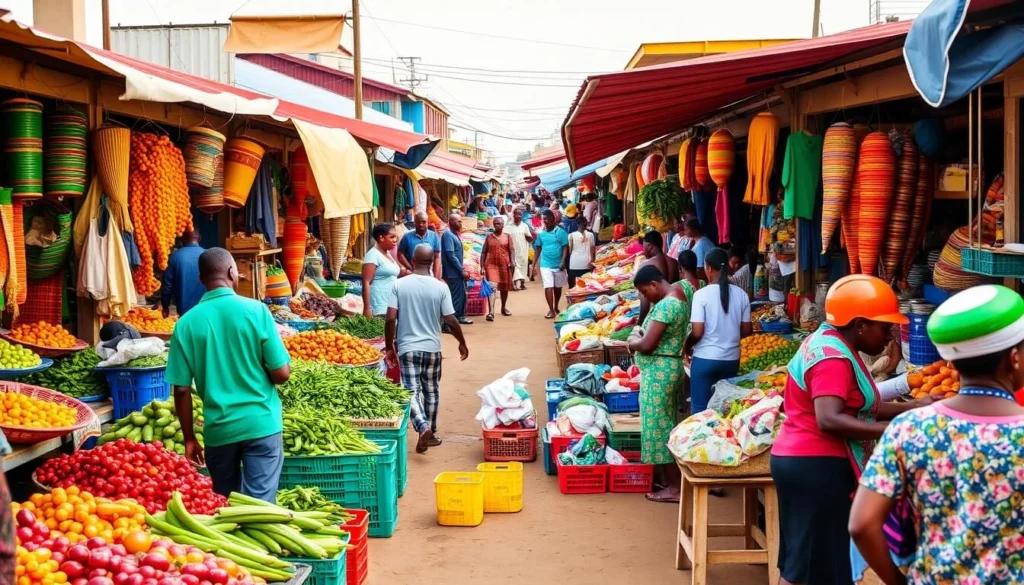
The Old Town (Cidade Velha)
The Old Town, or Cidade Velha, is a charming area with crumbling Portuguese colonial buildings that are slowly being restored. The nostalgic atmosphere is particularly lively in the evenings, making it a great place to experience the local culture.
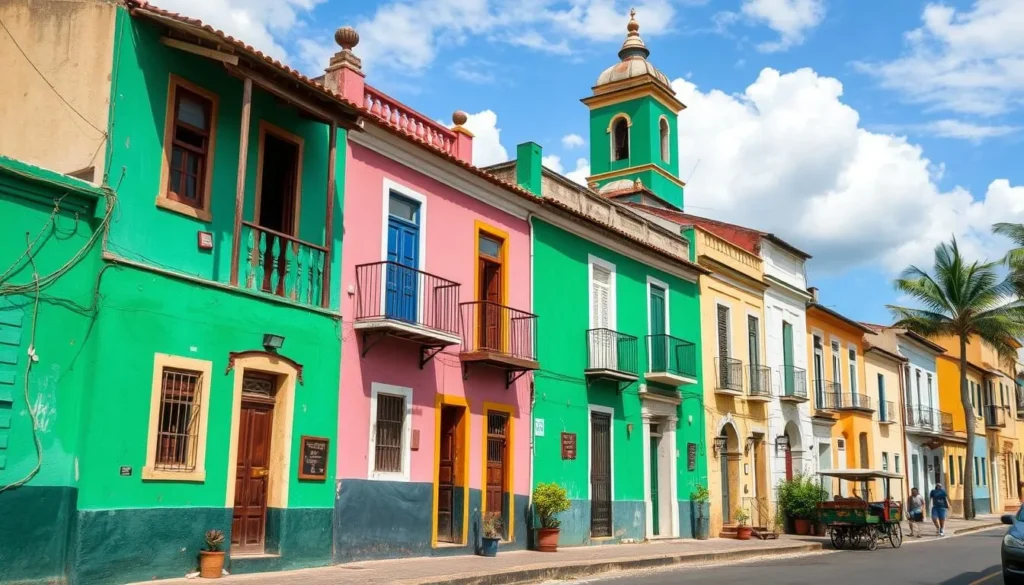
Where to Eat and Stay in Bissau
For accommodation, Bissau offers a range of options, from high-end hotels catering to NGOs and officials to more budget-friendly Airbnbs that support local families. You can also enjoy fresh seafood and traditional dishes at reasonable prices at local restaurants, or try some affordable and authentic street food.
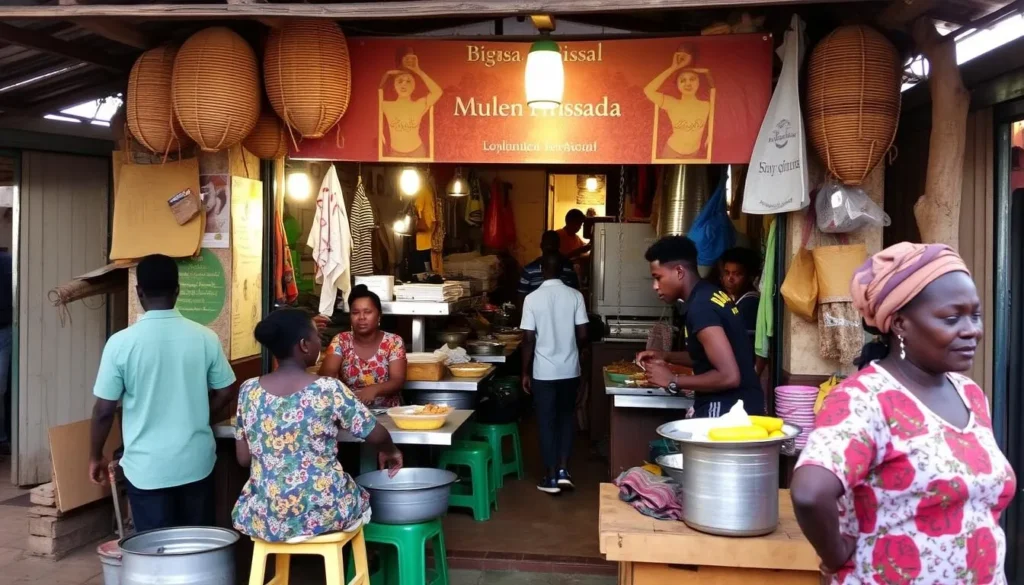
The Bijagos Archipelago: Guinea-Bissau’s Island Paradise
Guinea-Bissau’s Bijagos Islands are a hidden gem, offering pristine beaches and unique wildlife. The archipelago is Guinea-Bissau’s crown jewel, a stunning collection of islands that provide a tranquil retreat from the mainland.
Bubaque Island: Gateway to the Archipelago
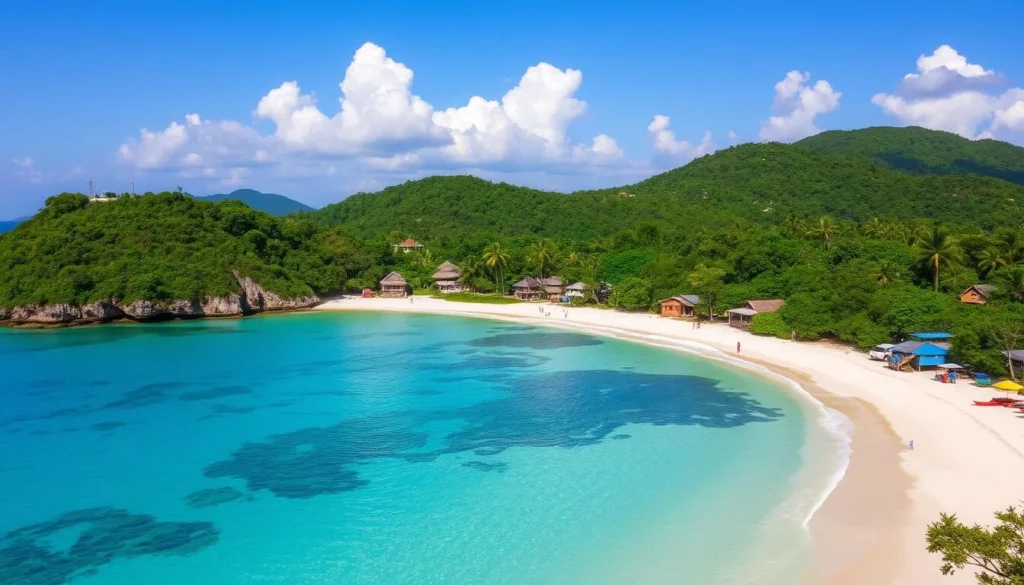
Bubaque Island is the largest and most populated island in the Bijagos Archipelago, making it the easiest to reach and a base to access more remote islands. You can find hotels, guesthouses, basic shops, and eating options on the island. A ferry departs from Bissau port once a week on Fridays, taking four hours to reach Bubaque, while fast boats are available most mornings for a quicker journey.
Rubane Island and Ponta Anchaca
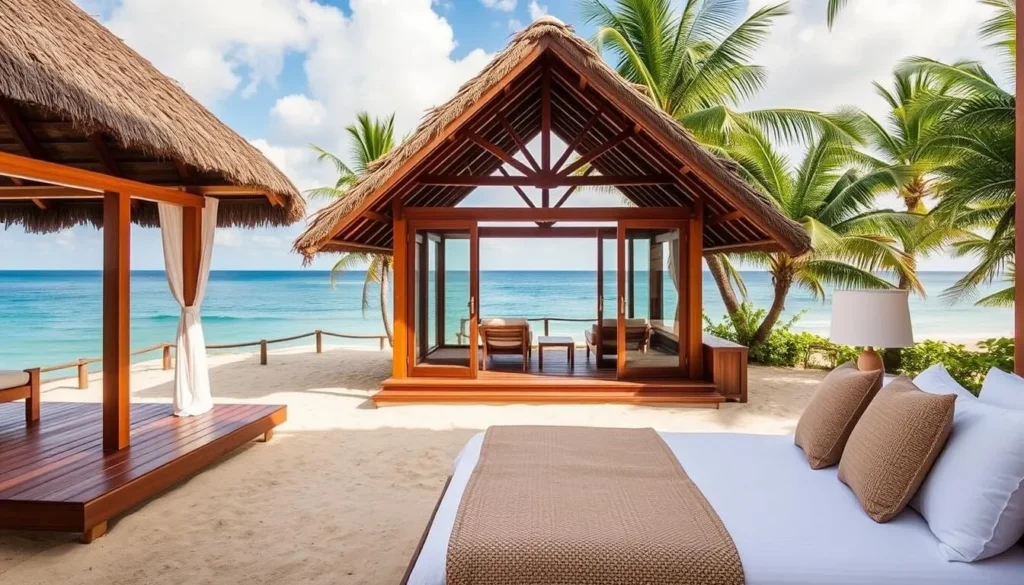
Rubane Island offers a more upscale experience, particularly at Ponta Anchaca Lodge, where you can enjoy beautiful beachfront bungalows and savor French-style meals. The lodge provides tours to other islands, allowing you to explore the archipelago’s diverse beauty.
Island Activities and Wildlife
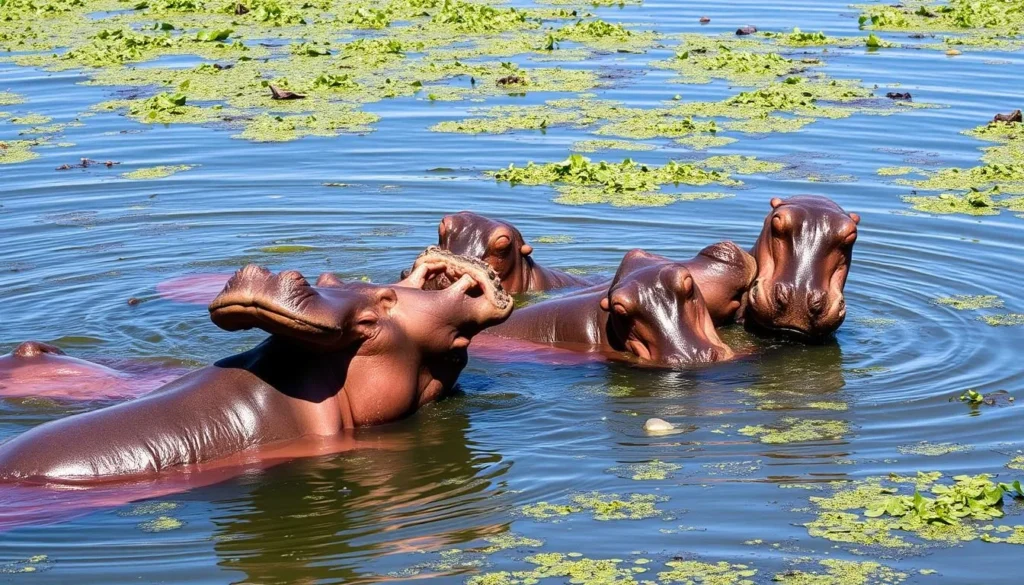
The Bijagos Archipelago is renowned for its biodiversity, with opportunities to spot rare saltwater hippos on Orango Island and various bird species throughout the islands. You can spend your days relaxing on beautiful beaches, walking around the islands, or hiring local guides and canoes to visit other islands, immersing yourself in the local culture and wildlife.
Transportation between the islands is primarily via local canoes or arranged boat transfers, creating an authentic island-hopping experience that connects you with local fishermen and their traditional way of life. Whether you’re looking to relax or explore, the Bijagos Archipelago has something to offer every traveler.
Varela: Guinea-Bissau’s Hidden Coastal Gem
Tucked away in the northwest of Guinea-Bissau, Varela is a serene fishing village that embodies the essence of traditional West African coastal living. As you arrive in this charming town, you’re immediately struck by its peaceful atmosphere and the warmth of its people.
Endless Beaches and Simple Living
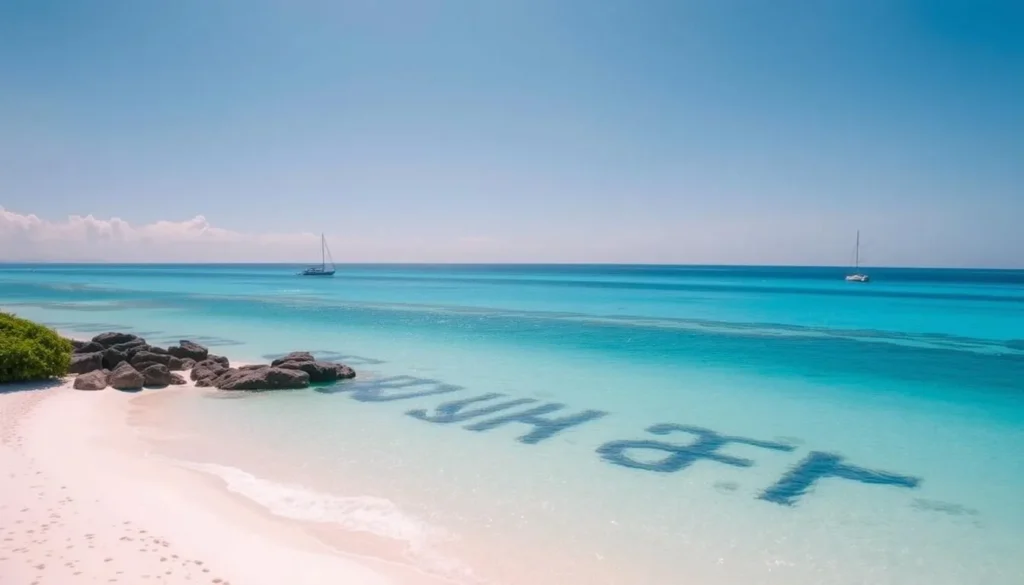
Varela offers travelers a glimpse into traditional West African coastal life, where the main attraction is the simplicity and authenticity of daily existence rather than tourist facilities. The village is characterized by its endless beaches, where you can walk for hours without seeing another person, just birds and occasionally cows lounging on the sand. Life in Varela centers around fishing, with locals gathering on the beach each morning when fishermen return with their catch.
The town’s infrastructure is simple, with houses built traditionally, and people growing what they need. You eat what is in season, and the sandy streets are often wandered by goats and chickens. Water comes from the well, and the horizon is filled with beaches and forests.
Where to Stay and Eat in Varela
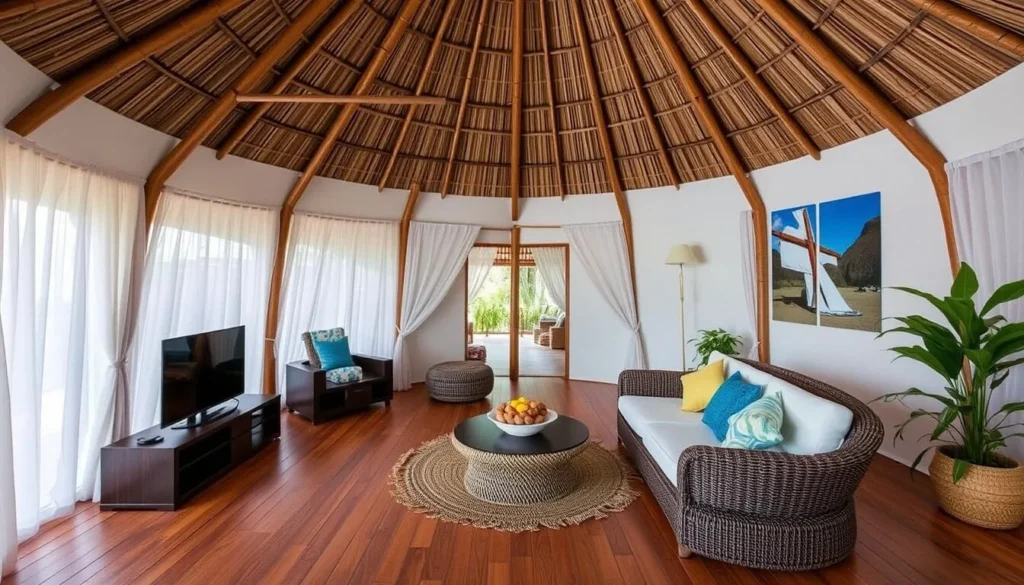
Casa Aberta KasumayaKu stands out as the best accommodation option in Varela, offering traditional round huts with modern amenities such as ensuite bathrooms and fans. This community project supports local schools and provides a unique opportunity to experience the local culture. The restaurant at Casa Aberta serves delicious local meals, with a highlight on fresh seafood, particularly during their weekly wood-fired pizza night featuring BBQ oysters.
Getting to Varela can be challenging due to poor road conditions, but the journey is worth it. Vans leave when full, usually around 12 pm, and take 2-3 hours from Sao Domingo. Motorbike taxis are also an option, taking 1.5-2 hours.
Guinea-Bissau: Best Things to Do for Nature and Culture Lovers
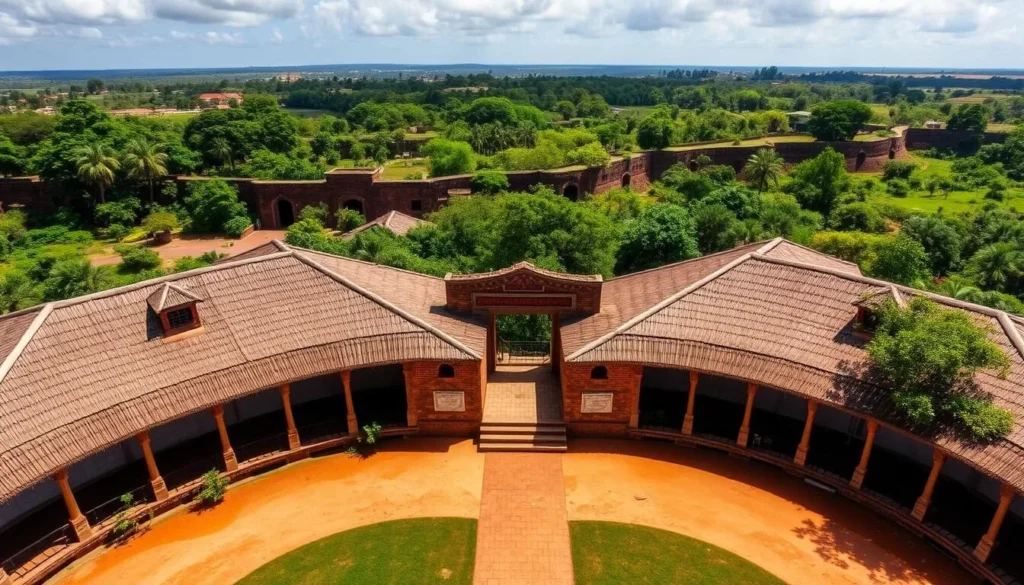
Guinea-Bissau offers a unique blend of natural beauty and cultural richness, making it an ideal destination for nature and culture lovers. The country’s diverse ecosystems, ranging from mangrove forests to savanna and woodland habitats, provide a haven for wildlife enthusiasts.
National Parks and Wildlife
Guinea-Bissau is home to several national parks that are teeming with wildlife. The Orango Islands National Park in the Bijagos Archipelago is one of the few places in the world where you can observe saltwater hippos in their natural habitat. The Cantanhez Natural Park, known as “the last patch of pristine forest,” is a sanctuary for diverse wildlife, including chimpanzees.
The Lagoas de Cufada Natural Park is another significant conservation area, offering insights into the country’s diverse ecosystems. These parks not only provide opportunities for wildlife viewing but also support conservation efforts.
Cultural Experiences and Village Life
Cultural immersion is a significant part of the Guinea-Bissau experience. Visiting traditional villages allows you to observe local customs and ways of life that have remained unchanged for generations. You can witness traditional building techniques, agricultural practices, and craft production, gaining a deeper understanding of the community’s values and traditions.
The country’s diverse ethnic groups, including the Bijagó, Balanta, Papel, and Manjaco peoples, each maintain distinct cultural traditions and practices. Evening cultural experiences often include traditional music and dance performances, where rhythmic drumming and vibrant movements tell stories of the community’s history and values.
Fishing and Water Activities
Fishing is a significant activity in Guinea-Bissau, both for locals and visitors. In the Bijagos Islands, you can hire local guides and canoes to explore different islands and communities. Joining local fishermen for a day on the water provides an opportunity to learn about sustainable fishing techniques passed down through generations.
The country’s coastal areas and islands offer numerous opportunities for water-based activities, making it an exciting destination for those who love the water.
Practical Tips for Traveling in Guinea-Bissau
Guinea-Bissau, with its rich cultural heritage and stunning natural beauty, also presents some logistical challenges that travelers should be prepared for. When planning your trip, it’s crucial to book flights in advance due to limited connections, primarily from Portugal, Morocco, and a few African countries. Upon arrival at the Osvaldo Vieira International Airport in Bissau, be prepared for basic facilities and limited services, including no ATMs or currency exchange.
Power outages are common throughout the country, so opting for accommodations with backup generators or solar power is advisable. The condition of roads varies, and overland travel can be slow and bumpy, but it’s generally safe, and the locals are friendly. While Portuguese is the official language, you can communicate with people who have had some high school education, and near the Senegalese border, French is also understood.
To make the most of your trip, be prepared with local currency or euros, as ATMs are scarce outside the capital. Health precautions, including antimalarial medication and a basic medical kit, are also recommended. Embracing the local pace and being adaptable will transform your logistical challenges into memorable adventures, making your visit to Guinea-Bissau a rewarding experience.
The above is subject to change.
Check back often to TRAVEL.COM for the latest travel tips and deals.
